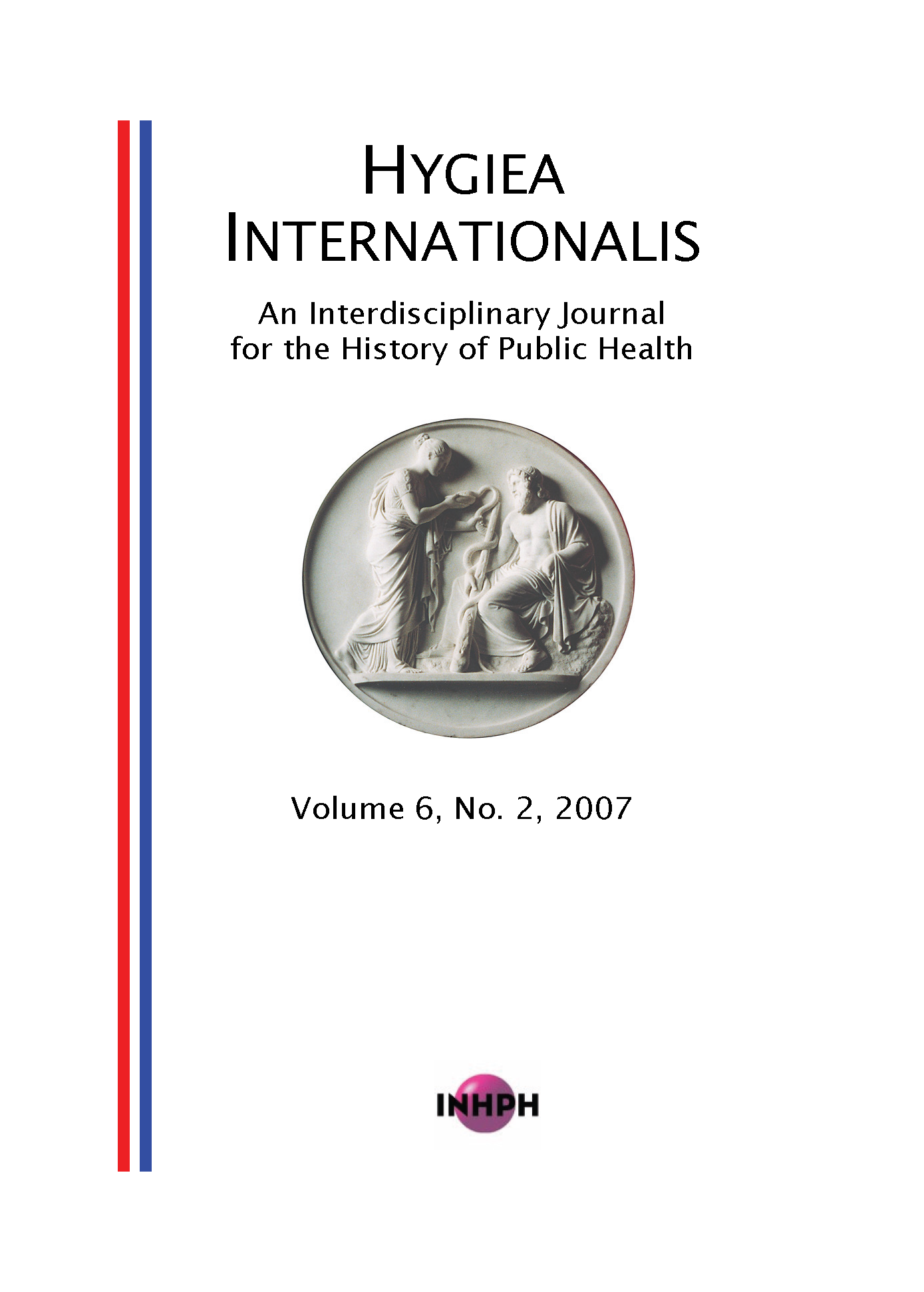Two Cultures of Regulation? The Production and State Control of Diphtheria Serum at the End of the Nineteenth Century in France and Germany
DOI:
https://doi.org/10.3384/hygiea.1403-8668.077199Keywords:
Diphtheria Serum Emil Behring, Émile Roux, Germany and France at the end of the 19th Century, History of Public Health, State Control/Regulation, Pasteur Institute, Funding of Health SystemAbstract
At the end of the 19th century, diphtheria was one of the principal causes of mortality in children. The serum therapy represented a major therapeutic innovation in modern medicine. Offering an effective curative approach against certain diseases, the serum also attracted state attention because as a medicine of biological origin it presented numerous public health risks. After an introduction that describes how serum was produced in France and Germany, the article compares the two cultures of regulation of serum production and distribution in the two countries at the end of the 19th century. The article discusses how different actors from industry, state and science cooperated in the two national contexts to regulate serum production. The article aims to characterize the different cultures of regulation and the different forms of indirect government oversight of public health issues and government influence in this sphere.Downloads
Published
2007-12-27
How to Cite
Huentelmann, A. C. (2007). Two Cultures of Regulation? The Production and State Control of Diphtheria Serum at the End of the Nineteenth Century in France and Germany. Hygiea Internationalis: An Interdisciplinary Journal for the History of Public Health, 6(2), 99–120. https://doi.org/10.3384/hygiea.1403-8668.077199
Issue
Section
Articles
License
Copyright (c) 2007 the Author(s)

This work is licensed under a Creative Commons Attribution-NonCommercial 4.0 International License.






